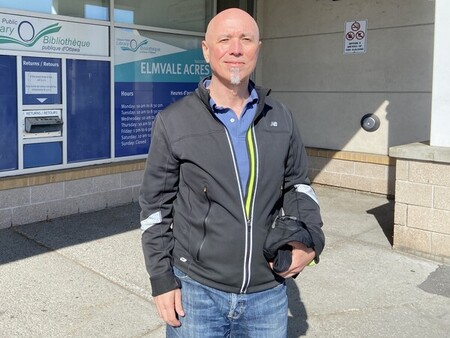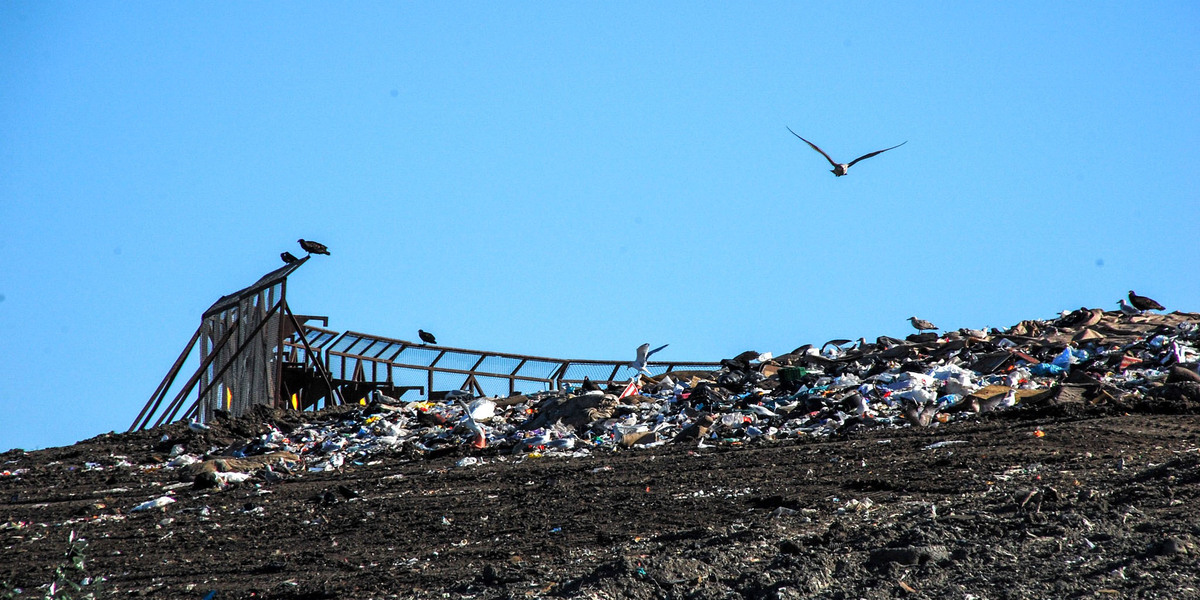With the City of Ottawa’s new curbside waste limit entering a new enforcement phase, some ecology advocates fear the new measures won’t have a significant impact on garbage volumes.
The policy marks a significant shift from the six-item limit in place since 2007. Starting in November, one excess item will be left behind, no matter how many are over the three-item limit. In December, only three items will be picked up with anything extra left at the curb.
Orléans South-Navan Coun. Catherine Kitts says the new limit is critical for the city’s long-term waste management.
“As Ottawa’s population grows, the city needs to reduce the volume of waste going to landfills,” she said. “If we continued accepting the same rate of curbside waste without a policy change, Trail Road could be filled by 2036. With the new policy, there is potential for the lifespan of Trail Road to be extended until 2049.”
Kate Reekie, a waste reduction advocate with CAFES Ottawa, said he believes Ottawa’s new measures would only marginally extend the life of the Trail Road landfill.
“Eighty-five per cent of people already produce less than three items of waste per week, so this policy will have minimal impact,” she said.
Trevor Barton, executive director of the Municipal Waste Association, pointed out that other other cities in Ontario have gone further in garbage limits.
“The City of Ottawa is lenient compared to other municipalities,” he said. “Most municipalities have a two-bag limit.”
What does the three-item limit cover?
Under the new rules, each household is allowed to place three items at the curb per week. This could include a standard plastic garbage bag, a 140-litre garbage bin or a bulky item such as old furniture. Yard waste is exempt and there are no restrictions on the use of green, blue, or black bins for recycling and composting.
For households occasionally needing to exceed the limit, the city introduced yellow garbage bags, available for purchase at local retailers.
However, Kitts urged residents to recycle and compost before opting for yellow bags.
“Residents are encouraged to take full advantage of the city’s green, blue and black bin programs,” she said.
Concerns over large households and illegal dumping
While the new policy may have little impact on most residents, some fear it could lead to challenges for larger households or those with special needs.

Tomas Szeredi, president of the Elmvale Acres Community Association, acknowledged the benefits of the limit but pointed out that basement tenants and large families may struggle to comply.
“The limit seems reasonable based on average household waste usage,” Szeredi said. “But concerns include the impact on basements, carriage houses and large families.”
He also stressed the need for clear metrics to evaluate success.
Some are also worried about an increase in illegal dumping.
Paul Wieler, an Alta Vista resident, said he has already seen people dumping their garbage in public bins at parks and libraries. “Will the cost of managing illegal dumping end up being more than simply allowing more garbage items?” he said.
Kitts also worries about illegal dumping in rural areas and public spaces. “The city needs to be aggressive in enforcing dumping bylaws and monitoring problem areas,” she said.
Alternative solutions and future plans
Reekie says efforts should go beyond recycling and composting to prioritize reduced consumption and alternative solutions.
“Another very important thing that we in Ontario do not do, but almost all the other provinces of Canada do, is deposit-return programs for beverage bottles and cans,” she said.
“You buy a bottle of water and then you bring it back, and you get your deposit back at the grocery store.”

Barton echoed this idea, noting that many recoverable items, such as textiles and organic waste, still end up in landfills. In addition to waste limits, Barton proposed community initiatives like “free-for-all” days, where residents can leave usable items curbside for others to take.
The city is also encouraging residents to use tools such as the Waste Explorer to identify proper disposal methods and participate in community programs that promote reuse and recycling.
Looking ahead, the city’s waste reduction strategy goes beyond this new limit. In June 2024, City Council approved a Solid Waste Master Plan, a comprehensive road map for the next 30 years. Kitts said this plan will be reviewed in 2027 to assess its impact and explore further waste reduction methods, including waste-to-energy technologies such as incineration.
Barton praised the city’s efforts but called for continued innovation. “Ottawa can learn a lot from other municipalities that have implemented more advanced waste management strategies,” he said.
Szeredi said effective communication and clear metrics are important for the program’s success and public acceptance.
As the city moves forward with these waste reduction initiatives, residents like Reekie believe that changing individual consumption habits will be key.
“We can’t continue living as we have,” she said. “We need to produce less waste, not just manage it better.”




